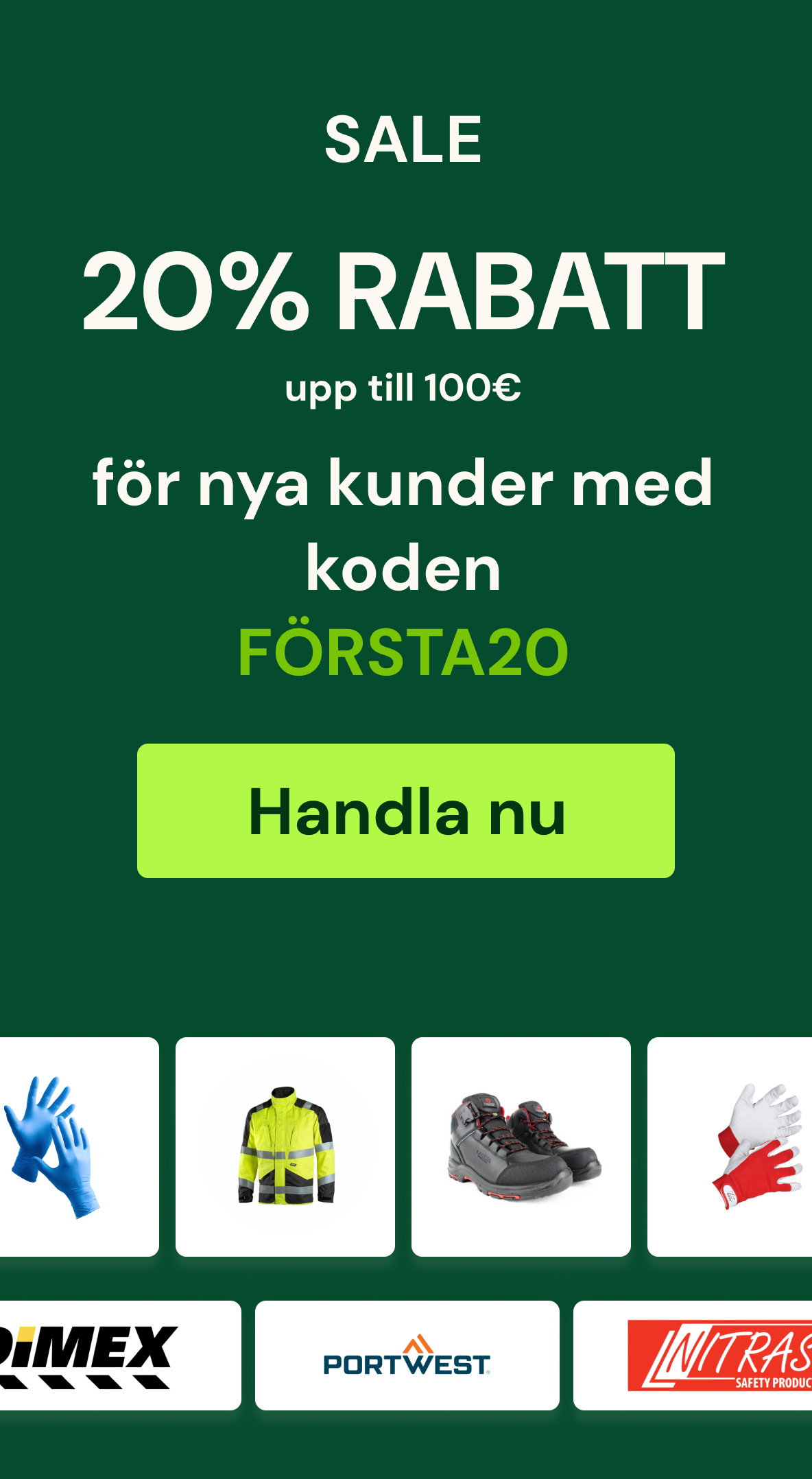Informationsinsamling är avgörande för sourcing och upphandling. För att välja inköpspartner kan du behöva begära information om leverantörer, beroende på projektet och den forskning som behövs. Att veta hur man skickar en förfrågan kan ha stor betydelse för vilka svar man får och vilken information man har för att göra bedömningar. När ska en RFI (Request for Information) skickas i stället för en RFP eller RFQ? Vilken information bör du samla in när du påbörjar en sökning?
Hur skiljer sig RFI från RFP och RFQ? Lär dig skillnaderna och när du ska använda dem för att fatta snabbare och mer framgångsrika affärsbeslut när du köper in varor och tjänster till ditt företag.
Innebörden av RFI?
En begäran om information är en allmän förfrågan till en leverantör om dennes tjänster, funktioner och möjligheter. RFI är ett preliminärt granskningsstadium där produkt- och funktionsinformation efterfrågas.
RFI:n är avsedd att ge information om leverantörer som uppfyller dina första inköpskrav, inte information om priser eller servicenivåer. Den undersöker och planerar ett företagsmål eller en utmaning.
Vad är skillnaden mellan RFI, RFP och RFQ?
Även om RFI, RFP och RFQ ofta används synonymt är de olika processer med olika syften. Vi förlorar betydelsen av varje förfrågan genom att använda termerna omväxlande. RFP och RFQ bör definieras först för tydlighetens skull.
Anbudsförfrågan
En offertförfrågan uppmuntrar leverantörer att föreslå lösningar på en affärsfråga. Köparen följer ofta upp RFI-svaren med en RFP. RFP:n ger mer djup och sammanhang om affärsutmaningen eller målen så att leverantörerna kan föreslå kreativa lösningar.
Begäran om offert
En offertförfrågan erbjuder mer omfattande parametrar än en RFP för att uppskatta lösningens kostnad. Rättvis due diligence med tidigare inköpsaktiviteter ger denna specificitet.
RFQ:n kräver att intressenterna identifierar sina behov och sitt genomförande på djupet. RFP ger utrymme för flexibilitet och kreativ problemlösning, men i RFQ:n listas alla framgångsparametrar. Om de kan uppfylla specifikationerna svarar leverantören på RFQ:n för att övervägas för senare budgivning.
Som du kan se har RFI, RFP och RFQ olika syften och kräver olika nivåer av problem- och lösningsförståelse. Medan RFI ger organisationen möjlighet att utforska sina valmöjligheter, är RFQ normativt och fokuserar på en viss lösning och kostnad.
Begäran om anbud
Anbudsförfrågan är en annan nyckelterm. Detta är en annorlunda men sammanhängande process för intressenter som söker varuleverantörer. I en öppen anbudsinfordran begärs förseglade anbud från leverantörer av varor och tjänster.
När ska du använda RFI, RFP eller RFQ?
Som tidigare nämnts är RFI, RFP eller RFQ beroende av projektstadiet och köparens förståelse av tillgängliga alternativ.
RFI-processen hjälper dig att förstå dina leverantörer, deras kapacitet och deras erbjudanden. Detta är bäst om det finns flera alternativ eller om du fortfarande håller på att lära dig mer om problemet. RFI-processen kan avslöja lösningar och leda till en RFP.
RFP går längre. Köpare kan få mer information från leverantörer som har svarat på RFI. Medan RFI:n förkvalificerar leverantörer låter RFP:n köparna välja partners. Leverantörer kan också samarbeta genom att rekommendera servicelösningar på affärsproblem i RFP. Du kan sedan skapa utvärderingskriterier för två eller tre potentiella leverantörer.
RFQ är det mest genomarbetade men ändå begränsade formatet för förfrågningar. RFQ fungerar bäst när köparen vet vilken lösning som passar deras ramverk eller infrastruktur. Respondenten använder en uppsättning specifikationer för att hitta leverantörer som kan uppfylla deras krav, och därför innebär det inte mycket innovation.
Vilken information ska en RFI innehålla?
Bra RFI:er innehåller frågor och parametrar som hjälper leverantörerna att berätta för köparna om relevanta tjänster. Svaret på RFI:n ska ge köparen tillräckligt med grundläggande information för att kunna göra en kortlista över leverantörer och gå vidare med upphandlingen.
En allmän RFI ska vara enkel för leverantörerna att fylla i och för användarna att utvärdera. För att leverantörerna ska veta hur de ska svara bör du använda ett enhetligt RFI-format eller en mall.
En RFI bör inte vara lika detaljerad som en RFQ eller RFP och bör inte ta lika lång tid för leverantören. Komplexa RFI:er får färre svar än välskrivna RFI:er med enkla mallar.
Skriva en begäran om information
RFI:er är enkla att använda för att samla in leverantörsinformation. Att presentera tillräckligt med detaljer med flexibilitet är nyckeln.
Din RFI bör vanligtvis innehålla:
- Projekt- eller utmaningsbeskrivning. Beskriv projektet och dess mål. Ge en introduktion till ditt företag.
- Tidsfrister för svar eller prestanda. Berätta för leverantörerna om projektets eller inköpets tidslinje och hur lång tid de har på sig att svara på en RFI.
- Specifik projektinformation. Ange produkt- eller tjänstespecifikationer. Detta hjälper leverantörer att erbjuda korrekta uppgifter.
- Guide för presumtiva leverantörer. I RFI:n bör det anges hur leverantörerna kan svara med information.
- Utrymme för detaljer. Vanliga leverantörer av problemlösningstjänster kan ha mer insikt. Låt leverantörerna lämna in viktig information till ditt pappersarbete.
Exempel RFI
Det finns dussintals olika sätt att skapa en RFI. Flera kriterier avgör hur din RFI ska se ut och vilka frågor du ska ställa:
- Din bransch/verksamhet. RFI:er för byggprojekt skiljer sig från RFI:er för programvaruköp.
- De varor eller den tjänst du behöver. Leveranserna kommer att forma förfrågningsprocessen.
- Detaljer om affärsutmaningen. Din kunskap om affärsbehovet kommer att leda förfrågan och hjälpa anbudsgivarna att reagera.
Exempel på RFI: Ett spa behöver en leverantör av spa-tillbehör och produkter.
Översikt
Denna RFI samlar in marknadsdata för spa-leveranser för 10 wellnessföretag. Företaget kommer att beställa spa- och konsumentprodukter från en och samma källa.
Tidsram
Månatliga beställningar av dessa produkter kommer att påbörjas för alla platser 60 dagar efter att kontraktet har undertecknats. Fyll i och returnera RFI-svaren inom 30 dagar från mottagandet av detta meddelande.
Specifikationer
- Linne, behandlingsartiklar, bord, utrustning och spainstrument som saltstenar och bolster ska finnas tillgängliga från leverantören.
- Ekologiska, rättvisemärkta och etiska leverantörer kommer att föredras.
Råd för svar
Svarande leverantörer bör skicka e-post till adressen eller använda en onlineportal om den är tillgänglig. Inlämningar efter prestationsperioden ignoreras. Skicka förfrågningar till den angivna e-postadressen med “Spa Supplies RFI” i ämnesraden.
Övrig information
Leverantörer bör lämna mer information om sina produkter eller produktlinjer, logistik och annan relevant information för leverantörslistan.

















